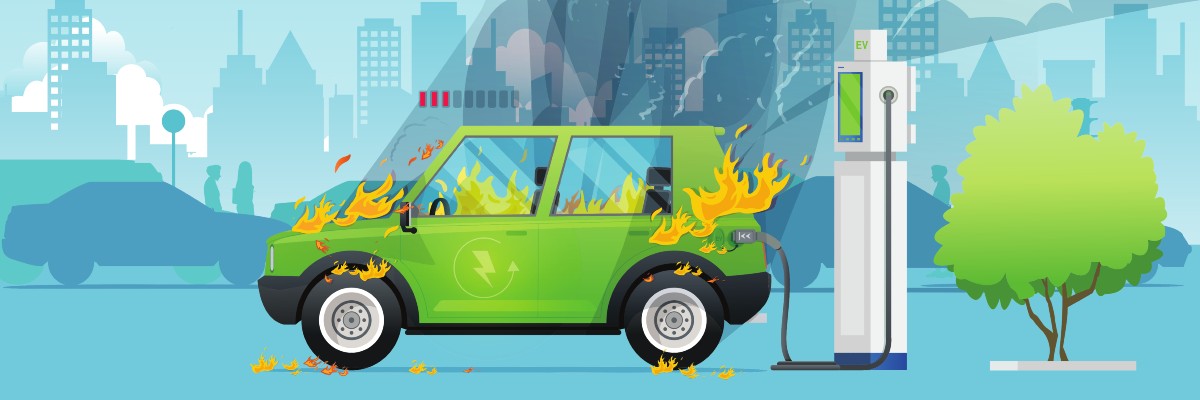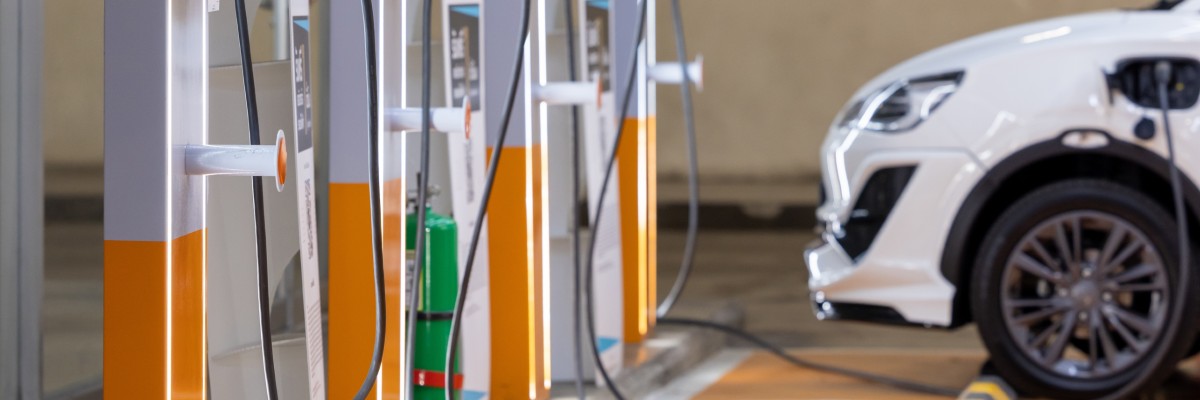It’s no secret that the automotive industry is in the process of undergoing a massive transformation. Electrification has become mainstream and is spreading throughout the industry, with more and more electric vehicles being introduced and purchased each year. EVs have a ton of environmental benefits, are packed full of cutting-edge technologies and are growing in affordability to boot; however, despite all of their advantages, making the switch to an electric vehicle will also have an impact on your auto insurance.
As a member of the greater Glover family, which includes several automotive dealerships, we’ve seen first hand how EV adoption is reshaping the insurance landscape here at Glover Family Independent Insurance. Today we’re going to give you the rundown on changing insurance costs and coverage details when it comes to electric vehicles, to help better prepare you if you’re considering purchasing an EV yourself.
Why are electric vehicles more expensive to insure?
Without a doubt the most noticeable difference for new EV owners when it comes to auto insurance is the higher premiums they have to pay in comparison to traditional gas-powered vehicles. Here are a few of the reasons that insurance companies charge more for electric vehicles:
- Higher Purchase Prices. Though not always the case, a majority of electric vehicles are accompanied by a higher upfront cost in comparison to their internal combustion engine (ICE) counterparts. This is easy to understand, as a more expensive gas vehicle would also cost more to insure than a less expensive gas model. This is because the cost to repair or replace the vehicle is also higher in the event of an accident, so you’ll have to deal with higher premiums.
- Expensive Repairs. Speaking of expensive repairs, that’s also our second reason EVs are more expensive to insure, as they rely on advanced technology including their lithium-ion battery packs and electric motors. These parts are costly to repair or replace and are often less readily available, as are technicians trained specifically to do so.
- Unique Risks. Electric vehicles also face their fair share of unique risks. Although these risks are typically quite rare, they can be catastrophic. To give you an example, EVs occasionally suffer battery fires — which can be more difficult to extinguish and can cause extensive damage to other parts of the vehicle.
- Limited Data for Actuaries. Finally, automotive insurers rely on extensive data to calculate premiums accurately, but EVs are still quite new to the market and thus haven’t produced the requisite amount of data. Without adequate data, actuaries are forced to be more cautious as they can’t accurately assess risks and costs as easily.

How is EV coverage evolving?
One thing is for sure, it probably won’t take that much longer for those actuaries to get the data they need, thanks to the rapid rate at which the EV market is growing. But that rapid growth is also prompting insurers to adapt their policies to account for all of the unique aspects of electric vehicles. Here are a few EV-specific coverage examples that have evolved alongside electrification:
- Battery Coverage. Without a doubt the most expensive component of any electric vehicle, the battery typically accounts for 30-40 percent of the EV’s total value. Many insurers have begun offering dedicated battery coverage to address replacement or repair costs when faced with damage or long-term degradation.
- Charging Station Protection. While you certainly could charge your EV on one of the traditional electrical outlets in your garage, many owners opt instead to install home charging stations to increase their rates. These stations may be covered under homeowner’s or renter’s insurance. As for auto insurers, they have begun offering coverage for damage to public charging stations and other fees related to disrupted charging.
- Roadside Assistance for EVs. One of the biggest drawbacks of owning an EV is that you can’t simply rely on a gas station if you become stranded. Insurance policies that include roadside assistance have to adjust their offerings for EV-specific needs, such as mobile charging or towing to the nearest public charging station.
- Discounts for Sustainable Choices. Finally, on a positive note, some insurers have begun incentivizing EV adoption by offering lower rates to drivers opting to purchase electric or hybrid vehicles, in recognition of their lower environmental impact.
We hope that all of this information has given you a better understanding of how the EV transition is affecting the auto insurance landscape. We have a unique perspective thanks to many of our sister companies being auto dealers themselves, so if you have any questions about how things work be sure to contact us right here at Glover Family Independent Insurance!



